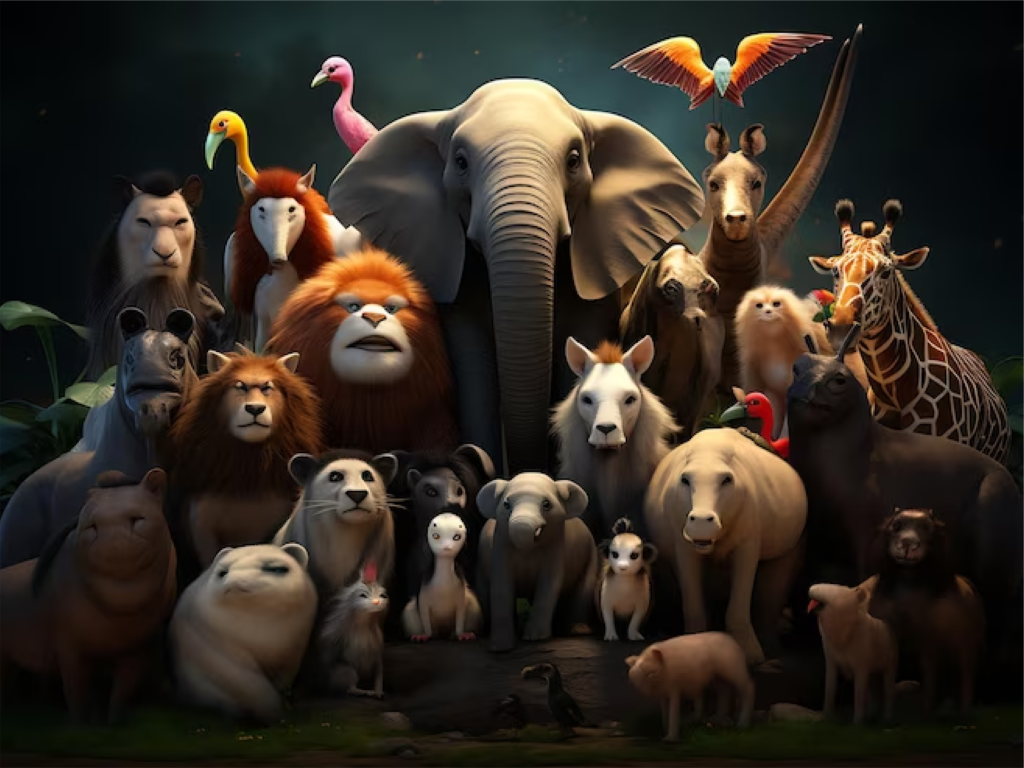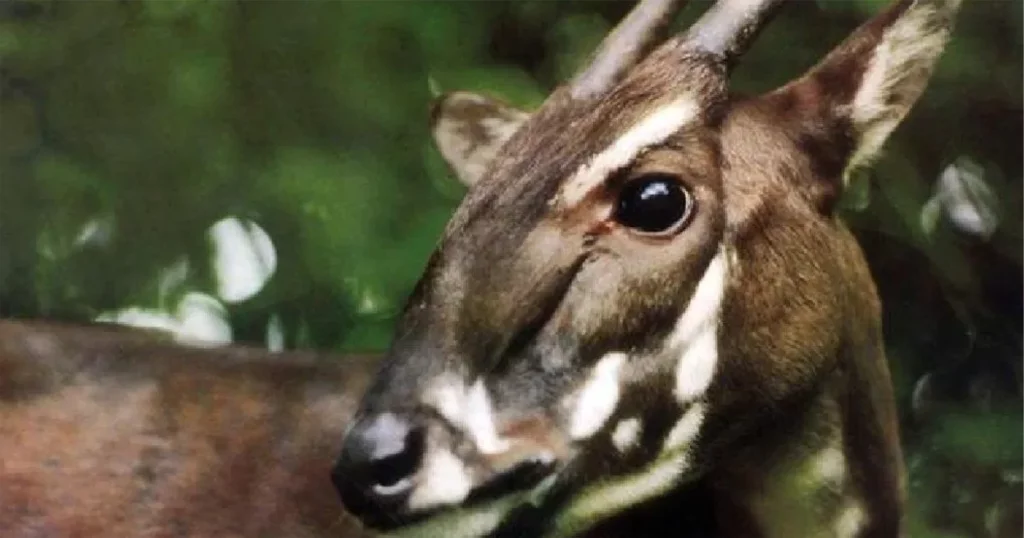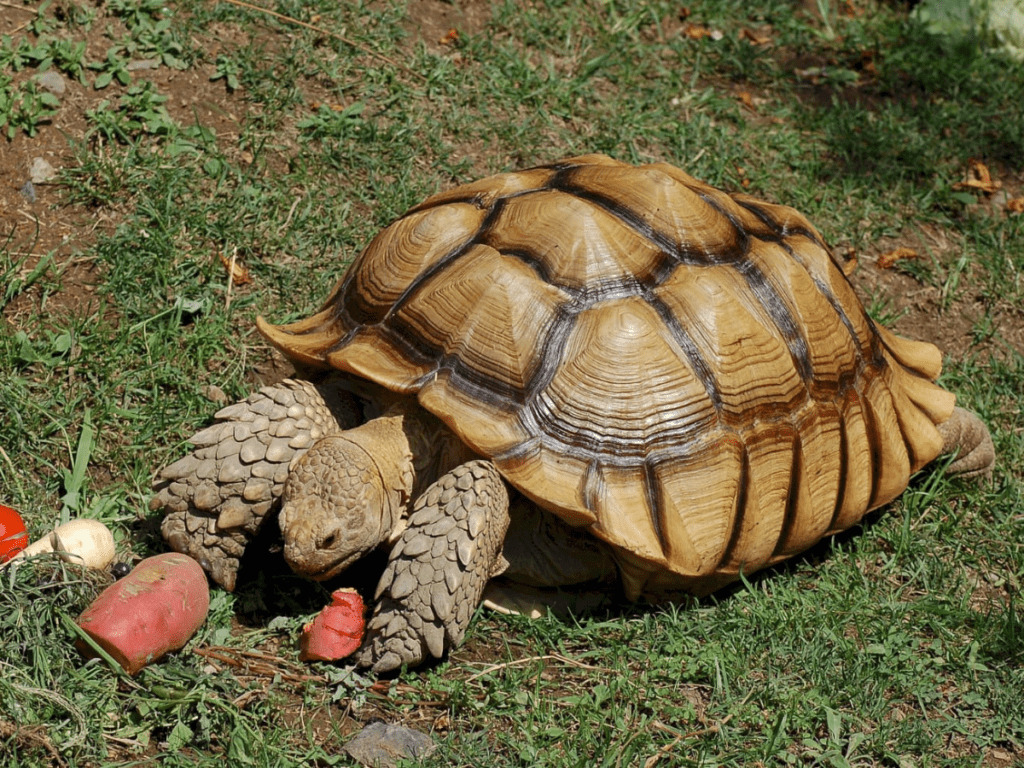Contents
- 1 Table of Contents
- 1.0.1 I. Introduction: The Most Rare Animals in the World
- 1.0.2 II. The Elusive Saola
- 1.0.3 III. The Pinta Island Tortoise
- 1.0.4 IV. The Kakapo Parrot
- 1.0.5 V. The Javan Rhino
- 1.0.6 VI. The Vaquita Porpoise
- 1.0.7 VII. The Axolotl
- 1.0.8 VIII. The Northern Bald Ibis
- 1.0.9 IX. The Spoon-Billed Sandpiper
- 1.0.10 X. The Sumatran Orangutan
- 1.0.11 XI. The Amur Leopard
- 1.0.12 XII. The Philippine Eagle
- 1.0.13 XIII. The Red Wolf
- 1.0.14 XIV. The Spix’s Macaw
- 1.0.15 XV. The Madagascar Pochard
- 1.0.16 Conclusion: The Most Rare Animals in the World
- 1.1 FAQs: The Most Rare Animals in the World
- 1.1.1 Q1: How can I contribute to the conservation of the most rare animals in the World?
- 1.1.2 Q2: Are captive breeding programs effective in saving endangered species?
- 1.1.3 Q3: Why are rare animals important for ecosystems?
- 1.1.4 Q4: How does climate change impact rare animal species?
- 1.1.5 Q5: Can I visit conservation projects for rare animals?
Table of Contents
I. Introduction: The Most Rare Animals in the World
In a world teeming with diverse fauna and the intricate tapestry of nature, some species stand out not just for their beauty or strength but for their rarity. These animals, on the brink of extinction, capture our fascination and concern. Let’s delve into the lives of the most rare animals in the world on our planet and explore the efforts to preserve their existence.
II. The Elusive Saola
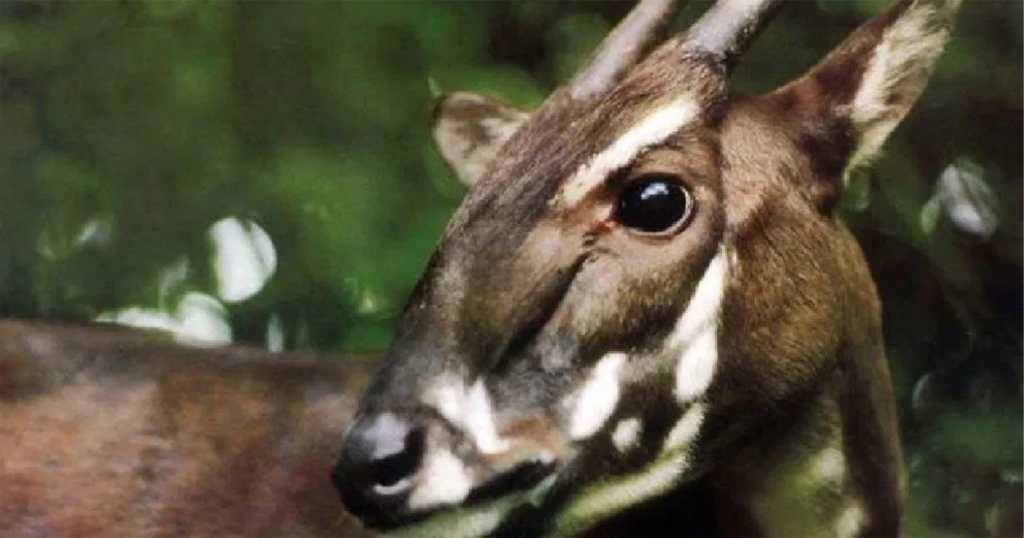
The Saola, native to the Annamite Range in Vietnam and Laos, is a creature of mystery and holds the title of being one of The Most Rare Animals in the World. With its unique long, tapering horns and striking appearance, the Saola is often referred to as the “Asian Unicorn.” Conservationists are tirelessly working to protect this elusive species, battling the challenges posed by deforestation and illegal hunting.
III. The Pinta Island Tortoise
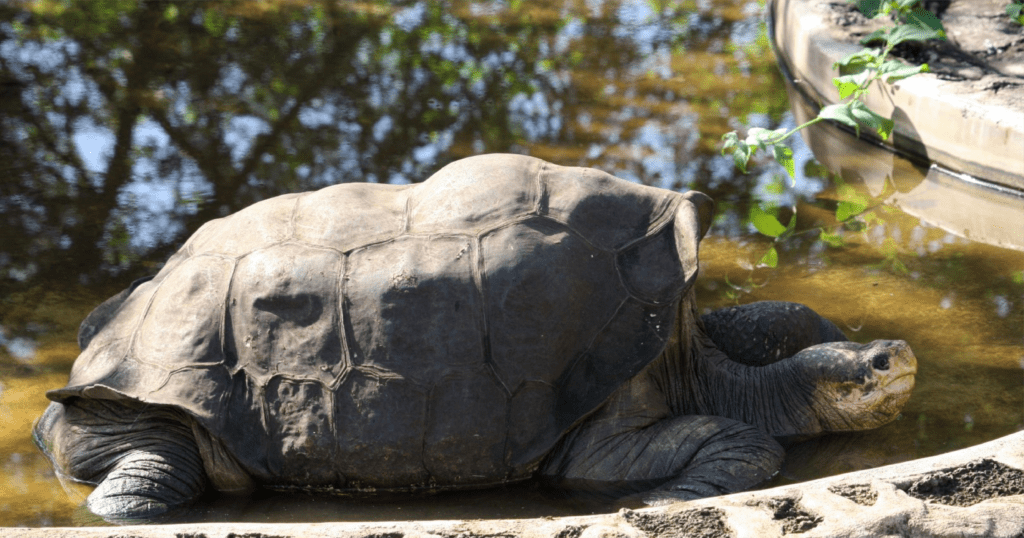
Among the Galapagos Archipelago’s inhabitants, the Pinta Island Tortoise stands out as a symbol of survival against all odds. Once thought to be extinct, a lone survivor named Lonesome George was discovered in 1971. The Most Rare Animals in the World, the Pinta Island Tortoise faced the brink of disappearance. Although George is no more, conservationists continue efforts to preserve the Pinta Island Tortoise by exploring hybrid breeding and habitat restoration.
IV. The Kakapo Parrot
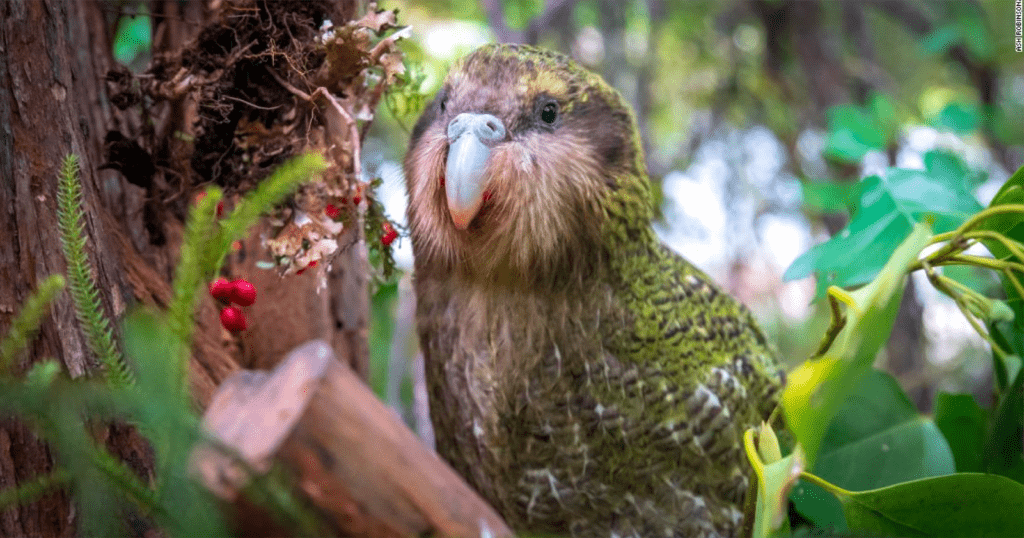
Meet the Kakapo, a nocturnal, flightless parrot native to New Zealand. Once on the brink of extinction, intensive conservation programs have helped increase their numbers. However, the road to recovery is challenging due to their slow breeding rate and susceptibility to introduced predators.
V. The Javan Rhino
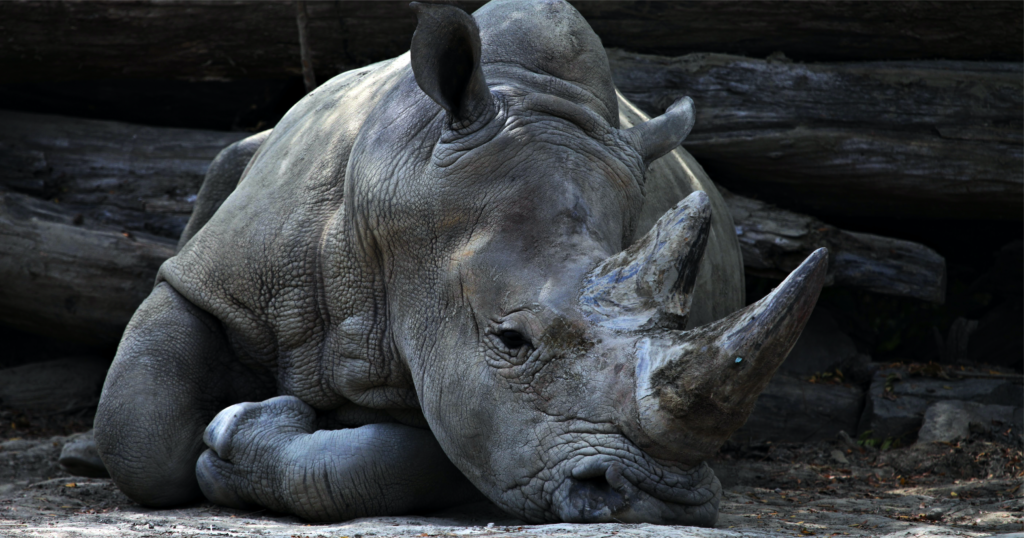
Hidden within the dense forests of Java, Indonesia, the Javan Rhino is a symbol of survival against habitat loss and human encroachment. With a population of fewer than 80 individuals, urgent conservation measures are needed to ensure the survival of this rare species.
VI. The Vaquita Porpoise

In the Gulf of California, the Vaquita Porpoise faces imminent extinction due to accidental entanglement in illegal fishing gear. The Most Rare Animals in the World, the Vaquita Porpoise represents a critical conservation challenge. Conservationists are racing against time to enforce a ban on gillnets and implement alternative fishing methods to save the world’s smallest cetacean.
VII. The Axolotl
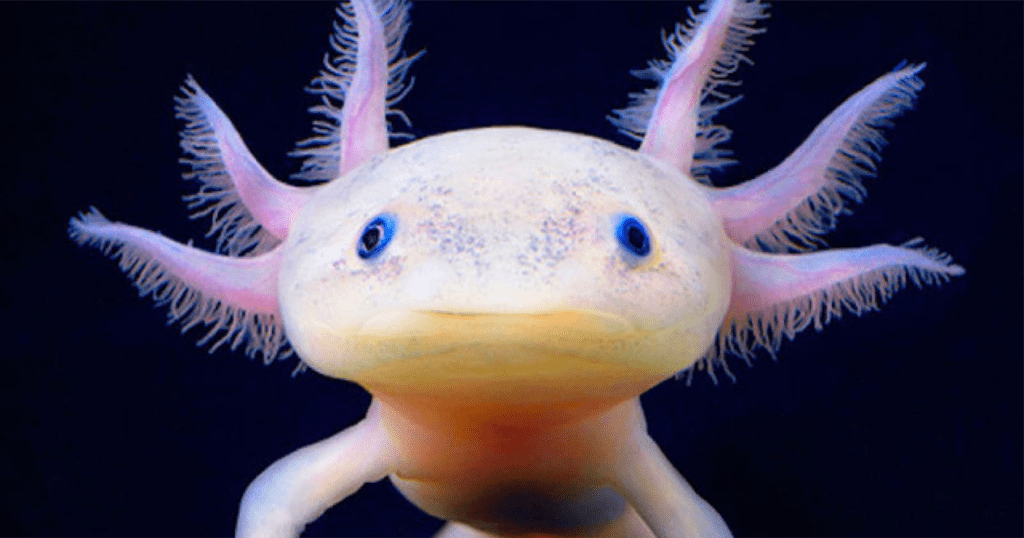
Known for their regenerative abilities, Axolotls are unique salamanders found in Mexico. However, pollution and habitat destruction in their native lakes have led to a decline in their numbers. Conservationists are striving to protect this extraordinary species through habitat restoration and captive breeding.
VIII. The Northern Bald Ibis
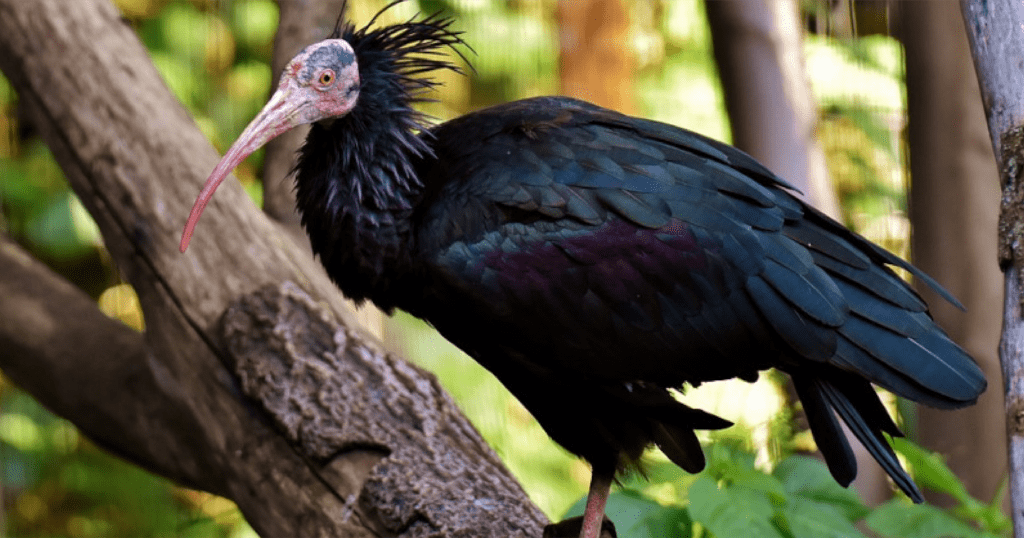
Migrating across continents, the Northern Bald Ibis is a majestic bird facing threats from habitat loss and climate change. Collaborative efforts involving multiple countries aim to protect its breeding grounds and ensure safe passage during migration.
IX. The Spoon-Billed Sandpiper
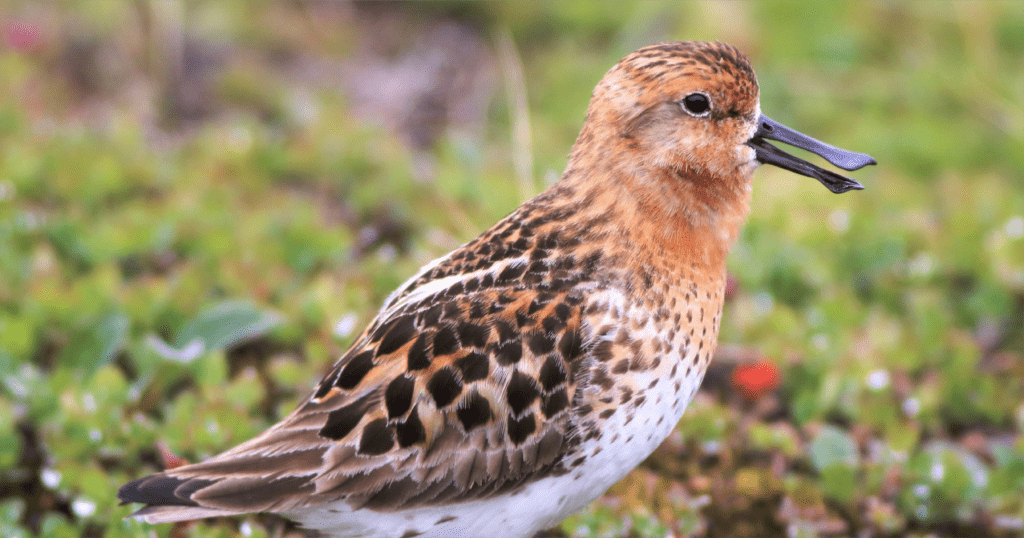
Breeding in the Arctic and wintering in Southeast Asia, the Spoon-Billed Sandpiper faces challenges from climate change and habitat degradation. Conservation strategies involve protecting crucial stopover sites and raising awareness about the importance of preserving their habitats.
X. The Sumatran Orangutan
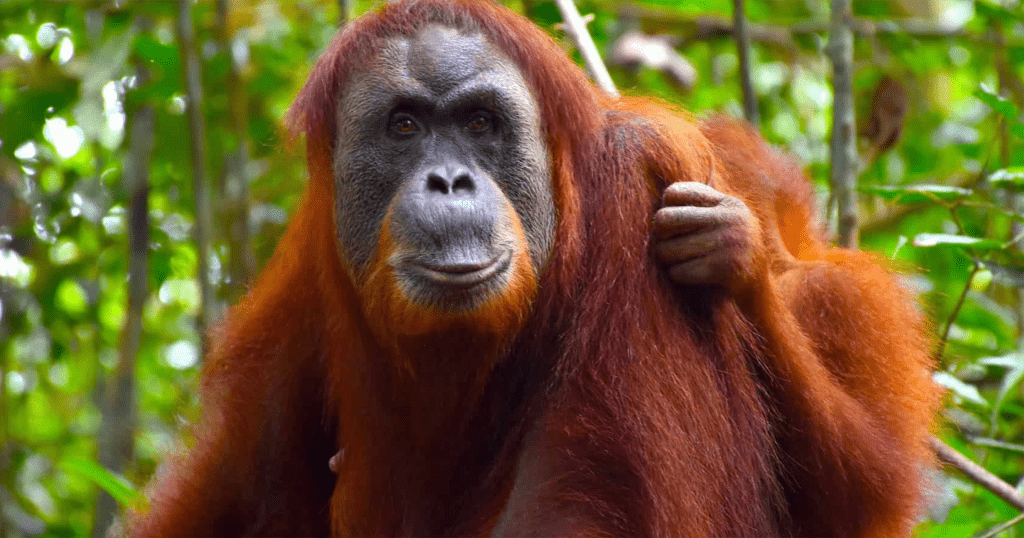
The Sumatran Orangutan, residing in the rainforests of Sumatra, faces the dual threats of deforestation and illegal wildlife trade. Rehabilitation programs and community involvement play a vital role in safeguarding the future of this critically endangered great ape.
XI. The Amur Leopard

In the Russian and Chinese border region, the Amur Leopard roams, facing the constant threat of poaching and habitat loss. Anti-poaching measures and habitat preservation are crucial for the survival of this rare big cat species.
XII. The Philippine Eagle
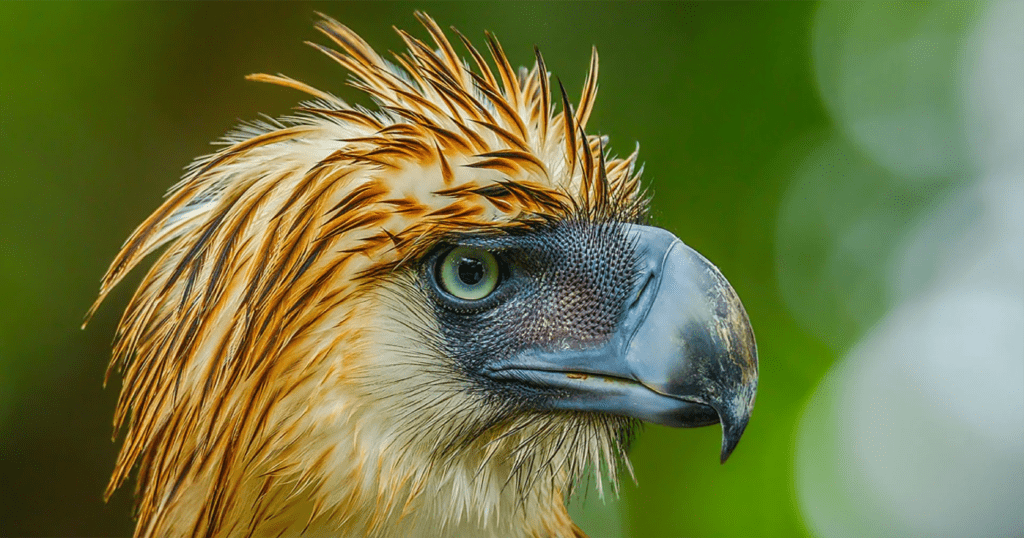
Found in the rainforests of the Philippines, the Philippine Eagle is a majestic bird facing challenges from deforestation and hunting. Conservation efforts involve habitat protection, community education, and breeding programs to secure the future of this critically endangered raptor.
XIII. The Red Wolf
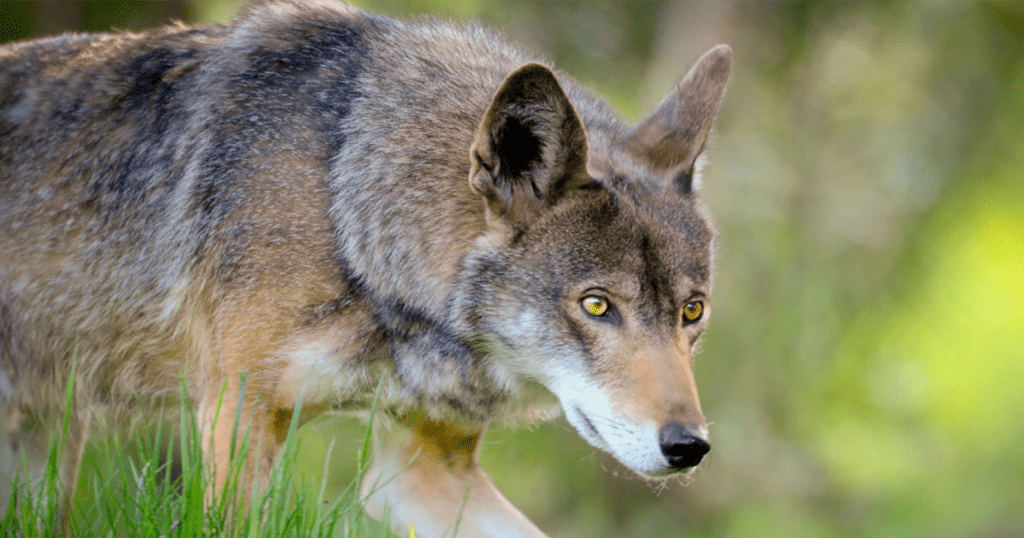
Once native to the southeastern United States, the Red Wolf faced near extinction due to habitat loss and predator control programs. Reintroduction efforts are underway, but challenges persist in ensuring the survival of this rare and unique canid species.
XIV. The Spix’s Macaw
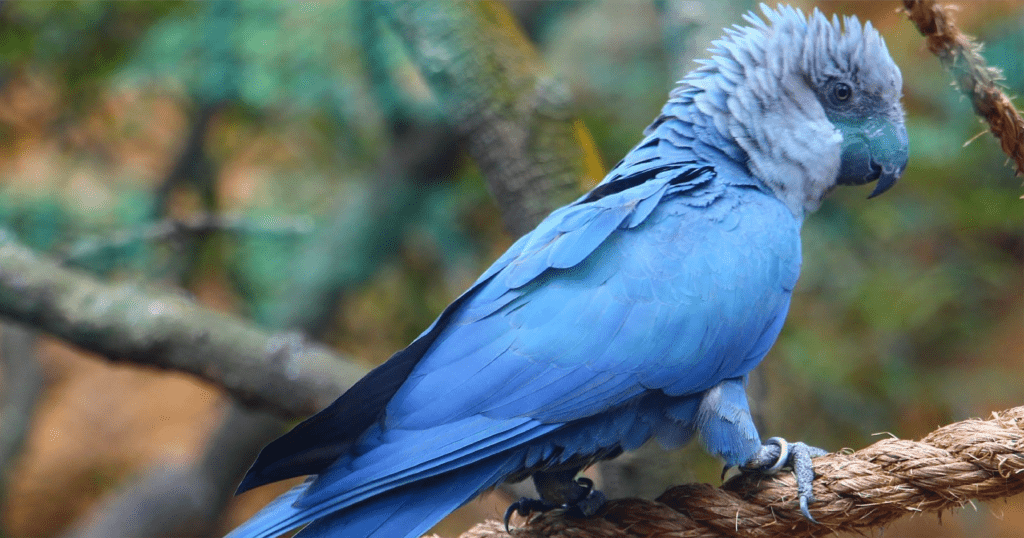
Endemic to Brazil, the Spix’s Macaw faced a perilous decline due to habitat destruction and illegal trapping for the pet trade. Successful captive breeding programs offer hope for the future, but ongoing conservation efforts are crucial to reintroducing this magnificent blue parrot to its natural habitat.
XV. The Madagascar Pochard
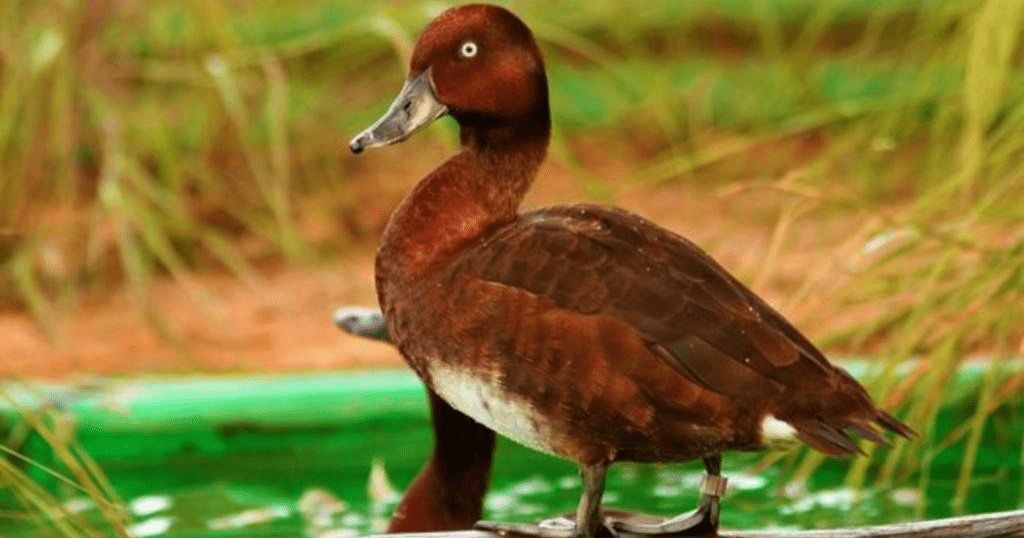
In the freshwater habitats of Madagascar, the Madagascar Pochard struggles for survival against habitat degradation and invasive species. Conservation initiatives focus on habitat restoration and captive breeding to prevent the extinction of this rare duck species.
Conclusion: The Most Rare Animals in the World
In a world where biodiversity is under constant threat, the plight of these rare animals serves as a wake-up call. Conservation efforts, both local and global, are vital to ensure the survival of these remarkable species. Every individual can contribute to the cause by supporting ethical conservation practices and spreading awareness about the importance of preserving our planet’s unique and endangered wildlife.
FAQs: The Most Rare Animals in the World
Q1: How can I contribute to the conservation of the most rare animals in the World?
A: You can contribute by supporting reputable conservation organizations, spreading awareness, and adopting sustainable practices in your daily life.
Q2: Are captive breeding programs effective in saving endangered species?
A: Yes, captive breeding programs have been successful in saving several endangered species by providing a controlled environment for breeding and eventual reintroduction.
Q3: Why are rare animals important for ecosystems?
A: Rare animals play unique roles in maintaining ecosystem balance and biodiversity, contributing to the overall health of the planet.
Q4: How does climate change impact rare animal species?
A: Climate change can alter habitats, disrupt migration patterns, and affect food availability, posing additional threats to the survival of rare animal species.
Q5: Can I visit conservation projects for rare animals?
A: Many conservation projects welcome visitors. However, it’s crucial to follow ethical guidelines and prioritize the well-being of the animals and their habitats.

